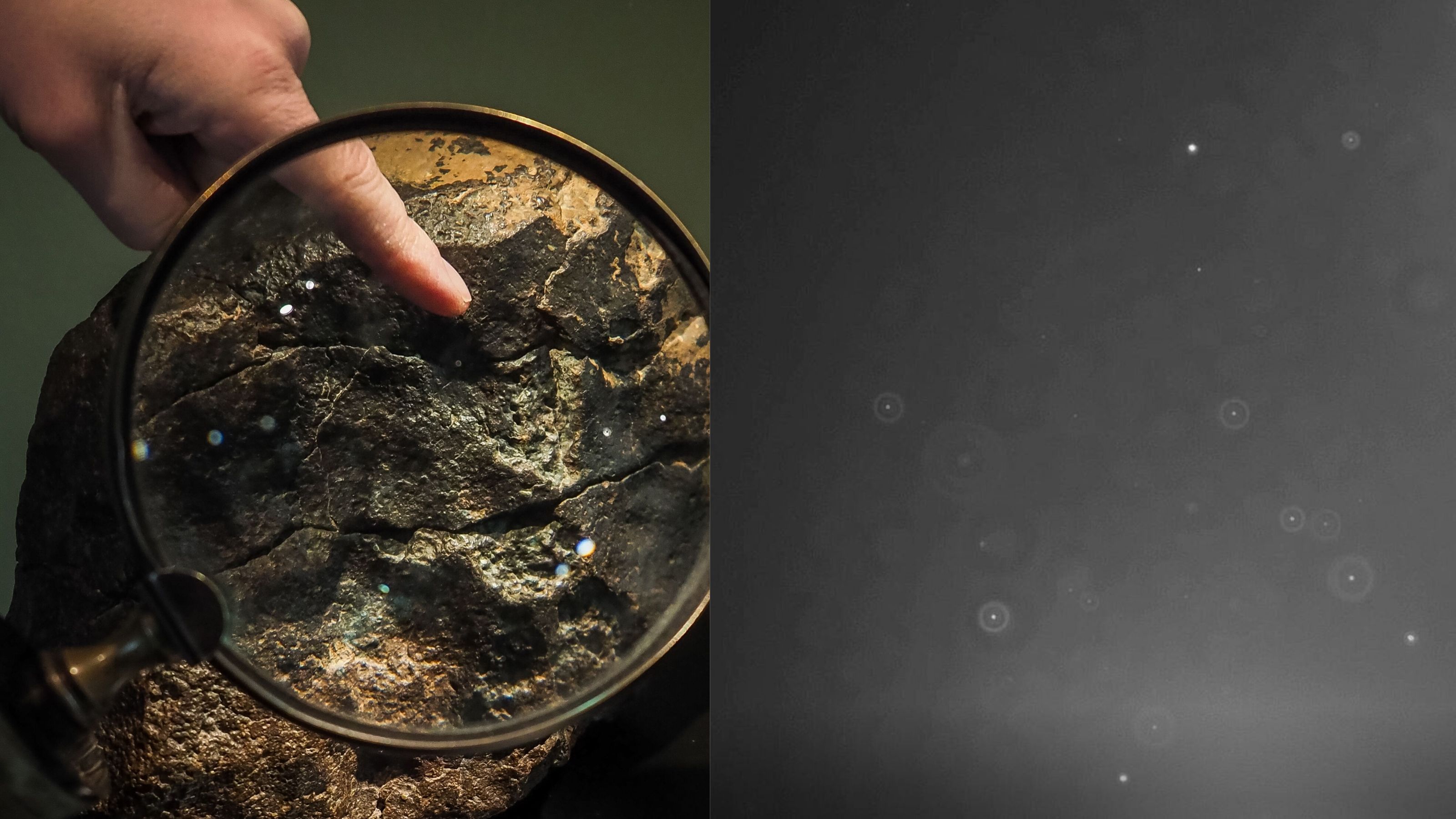Scientists Fed an Ancient Earth Organism Space Metals. It Started ‘Dancing’

Credit to Author: Maddie Bender| Date: Thu, 05 Dec 2019 20:45:50 +0000
Scientists have discovered that a single-celled organism, a descendant of some of the earliest living creatures on Earth, is able to colonize a meteorite, growing and synthesizing nutrients. Their experiment, published on Monday in the journal Scientific Reports, may give us a way to look for the signatures of past life on other planets.
"This process was very enigmatic and exciting, how the chemical energy of a stone fragment can be transformed into the biochemical energy of a living entity,” said Tetyana Milojevic, the first author of the study. “To find an answer to understand this process, I think it's a great moment.”
Living on a space rock is just one more oddball accolade that the species, Metallosphaera sedula, can add to its growing list. First isolated from a volcanic field in Italy in 1989, the microbe is considered an extremophile because it prefers to live in conditions that would be uninhabitable to most other organisms. Such organisms are helpful for probing the early history of Earth, with its harsh and inhospitable environments, as well as the possibilities for life in the universe.
When Milojevic decided to grow M. sedula on a meteorite (an unregulated process, since the organisms are non-pathogenic and meteorites aren’t particularly rare), she wanted to see at the outset how the species would react. Not only did the microorganisms find the meteorite tasty—it turned out that they came back for seconds. “We found that the reaction is quite happy,” she said. “Our students in the lab also immediately noticed the cells are very vivid, they're dancing on the space rock.”
The fact that the organism thrived was even more unexpected based on how picky it is. While many model microorganisms are grown with ease in labs, it takes a village to raise M. sedula. The archaeon doubles every day (Escherichia coli doubles every 20 minutes in the lab), and researchers must manually bubble in carbon dioxide to its culture.
“It’s like a baby in your lab,” Milojevic said.
Using a technique called electron microscopy, Milojevic’s team was able to capture the presence and location of different metals that M. sedula took in from the meteorite and chemically transformed. They were even able to detect these chemical changes for encrusted groups of cells that were most likely dead.
Being able to measure these chemical fingerprints after an organism has died could be useful tool in the search for extraterrestrial life, Milojevic said. Still, she said that there is a “huge gap” between identifying these fingerprints and tying them to individual species. Future research will have to see how long these fingerprints last, especially under the conditions of outer space.
Milojevic said that the organisms also have potential in biomining, or extracting minerals from space rocks. Longer down the road, M. sedula could even replace dogs as man’s best extraterrestrial friend. OK, probably not, but they should at least be studied more.
“We should try to understand where we are coming from and where we are going to, and archaea might be very useful in this way,” Milojevic said.
This article originally appeared on VICE US.